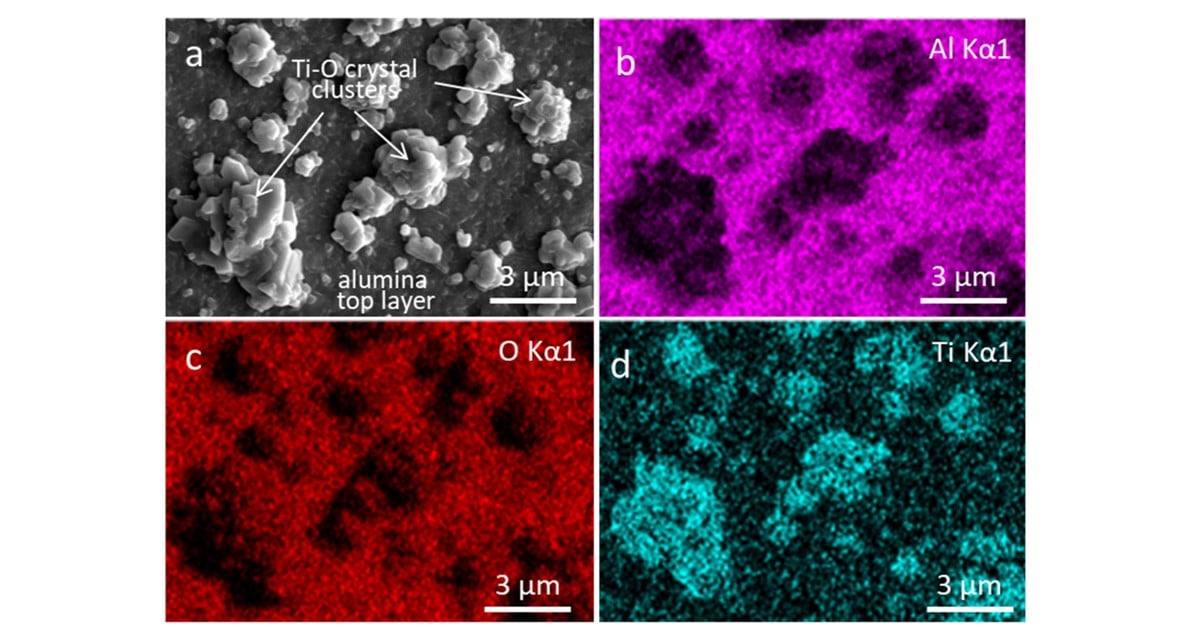State-of-the-Art PVD Hard Coatings and Their Applications
A special issue of Coatings (ISSN 2079-6412). This special issue belongs to the section "Surface Characterization, Deposition and Modification".
Deadline for manuscript submissions: closed (1 November 2024) | Viewed by 4890

Special Issue Editors
Interests: conventional and nanostructured PVD hard protective coatings: deposition, characterization and industrial applications; wear, oxidation and corrosion resistant coatings; low friction coatings; tribological properties of thin films and surfaces; surface topografy of PVD hard coatings
Special Issues, Collections and Topics in MDPI journals
Interests: hard protective coatings: deposition and characterization of conventional and nanostructured coatings; HT and RT tribological properties of thin films and surfaces; HT mechanical properties of hard coatings; FIB and SEM microscopy; litography; characterization of nanomaterials and thin films
Special Issues, Collections and Topics in MDPI journals
Special Issue Information
Dear Colleagues,
Protective hard coatings deposited by physical vapor deposition (PVD) have been state-of-the-art in manufacturing technology for more than four decades. The origin of PVD coatings for the wear protection of cutting and forming tools began with TiN hard coatings. Although it is still applied successfully in certain fields, they have been mostly replaced with more complex PVD hard coatings, which enabled more productive and competitive manufacturing processes. However, increased the cutting speed and feed rate were not the only challenges for researchers. The continuous design of new industrial products requires the use of new materials (e.g., high-strength steels, ceramic matrix composites, and carbon fiber-reinforced plastic). The machining of these materials requires the adaptation and improvement of manufacturing processes. An additional challenge is the reduced use of polluting, expensive, and harmful coolants and lubricants needed due to a significant increase in the working temperature at the cutting edge. Due to all these new demands for manufacturing technology, the performance of the tools must follow increasing standards. In order to perform well in a tribological application, advanced hard coatings have to withstand severe conditions during application, such as high temperatures of up to 1000 °C, pronounced friction and wear, corrosion, and oxidation, as well as mechanical and thermal fatigue. However, any development in this direction represents a significant contribution to achieving the sustainable development goals (savings of resources by prolonging the lifetime of tools and the reduction of consumption of coolants and lubricants).
Papers for this Special Issue should include the following topics:
- Development and design of multifunctional hard coatings with tailored properties for the respective application;
- Study of the relationships between the composition, microstructure, surface topography, and physical properties of hard coatings and the effect of deposition parameters on these properties;
- Advanced PVD coating for protection of tools used in the manufacturing of light alloys, high-tensile-strength and low-weight materials (e.g., carbon fiber-reinforced plastic), high-strength and super high strength steel, ceramic matrix composites, and superalloys based on Ni and intermetallics (e.g., TiAl and NiAl);
- Development of energy-efficient deposition processes in order to reduce the energy needed to synthesize a coating;
- Reduction of the leftover target material used for the PVD process or development of procedures for their recycling;
- Development and use of novel characterization techniques.
However, the Special Issue is not limited only to these topics. Papers on other topics related in any way to the development and industrial application of advanced PVD coatings are also desirable.
Dr. Peter Panjan
Dr. Aljaž Drnovšek
Guest Editors
Manuscript Submission Information
Manuscripts should be submitted online at www.mdpi.com by registering and logging in to this website. Once you are registered, click here to go to the submission form. Manuscripts can be submitted until the deadline. All submissions that pass pre-check are peer-reviewed. Accepted papers will be published continuously in the journal (as soon as accepted) and will be listed together on the special issue website. Research articles, review articles as well as short communications are invited. For planned papers, a title and short abstract (about 100 words) can be sent to the Editorial Office for announcement on this website.
Submitted manuscripts should not have been published previously, nor be under consideration for publication elsewhere (except conference proceedings papers). All manuscripts are thoroughly refereed through a single-blind peer-review process. A guide for authors and other relevant information for submission of manuscripts is available on the Instructions for Authors page. Coatings is an international peer-reviewed open access monthly journal published by MDPI.
Please visit the Instructions for Authors page before submitting a manuscript. The Article Processing Charge (APC) for publication in this open access journal is 2600 CHF (Swiss Francs). Submitted papers should be well formatted and use good English. Authors may use MDPI's English editing service prior to publication or during author revisions.
Keywords
- PVD hard coatings
- unbalanced magnetron sputtering
- cathodic arc deposition
- high power pulsed magnetron sputtering (HPPMS)
- tribological behavior
- characterization of coating properties
Benefits of Publishing in a Special Issue
- Ease of navigation: Grouping papers by topic helps scholars navigate broad scope journals more efficiently.
- Greater discoverability: Special Issues support the reach and impact of scientific research. Articles in Special Issues are more discoverable and cited more frequently.
- Expansion of research network: Special Issues facilitate connections among authors, fostering scientific collaborations.
- External promotion: Articles in Special Issues are often promoted through the journal's social media, increasing their visibility.
- e-Book format: Special Issues with more than 10 articles can be published as dedicated e-books, ensuring wide and rapid dissemination.
Further information on MDPI's Special Issue policies can be found here.






